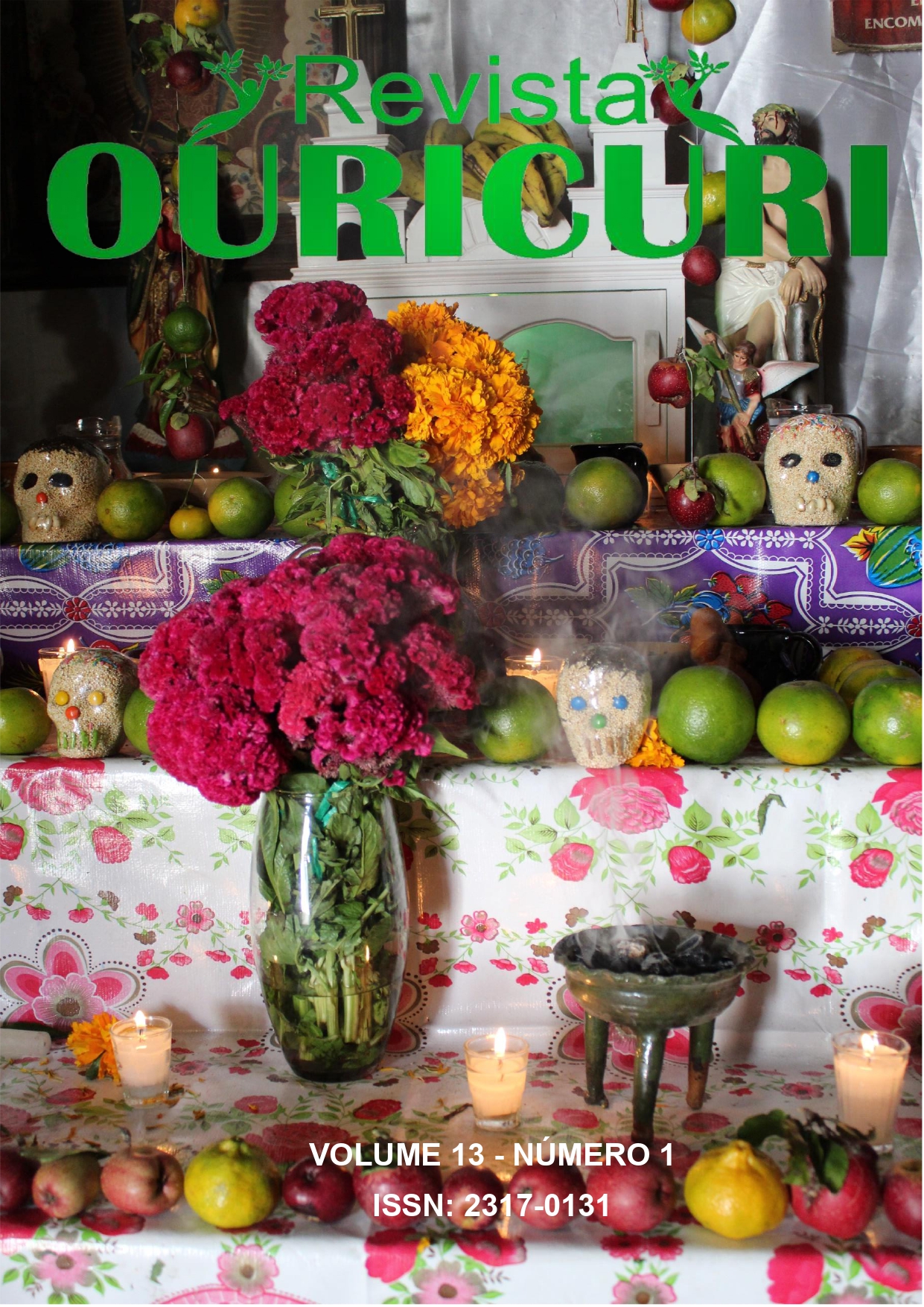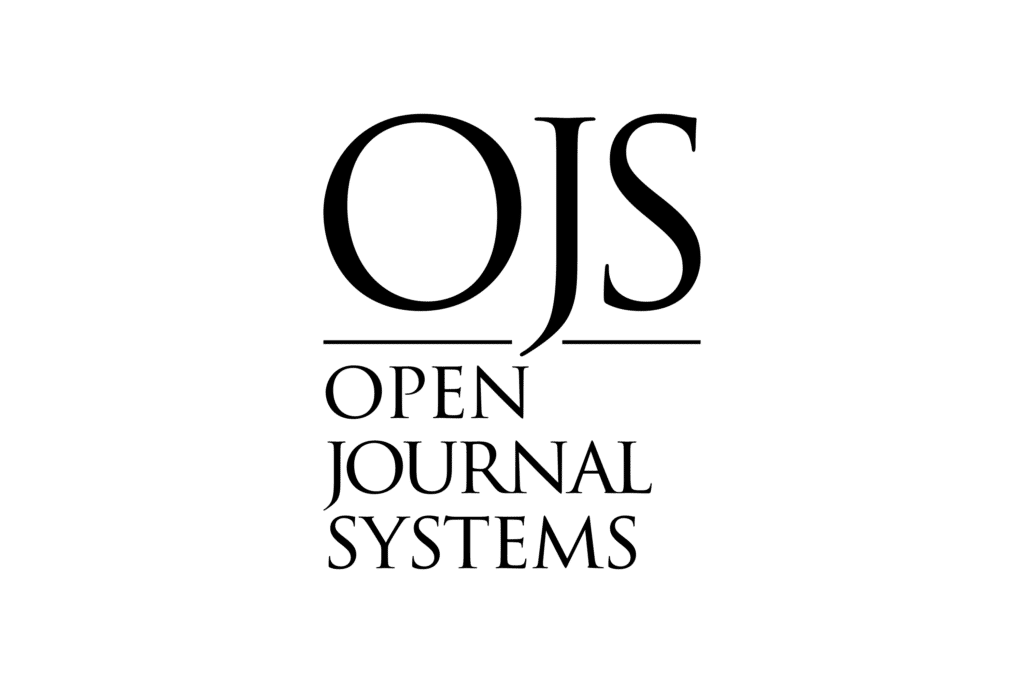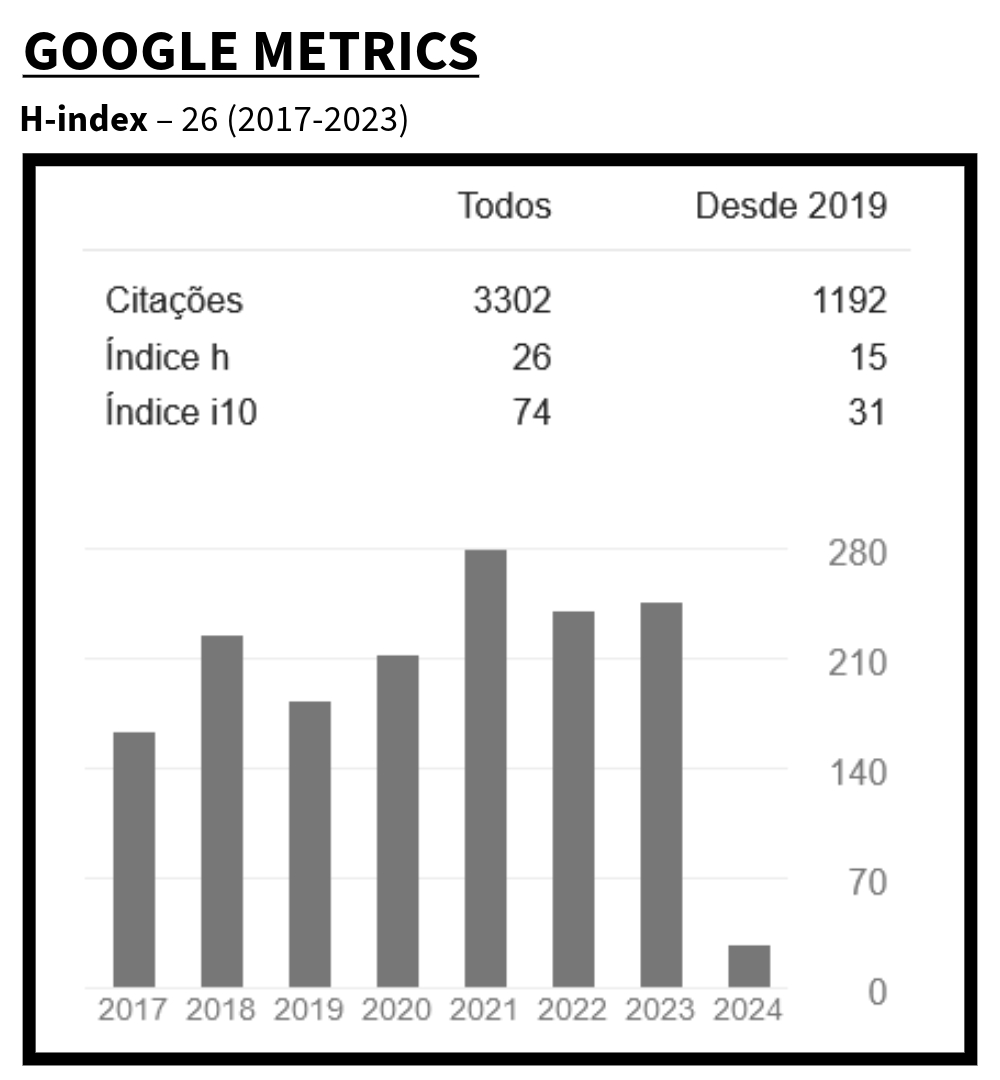PROCESSAMENTO DE POLPA DE LICURI UTILIZANDO COCÇÃO SOLAR EM ALTERNATIVA AOS COMBUSTÍVEIS CONVENCIONAIS
DOI:
https://doi.org/10.59360/ouricuri.vol13.i1.a16610Keywords:
Syagrus coronata L.; Caatinga; Renewable energy; Sustainable development.Abstract
The objective of this work is to produce food from a native fruit of the Caatinga biome, in Brazil, using solar cooking. This study used the pulp of the ripe fruit of the licuri tree (Syagrus coronata) for the production of a sweet pastry in four different types of cooking: firewood, cooking gas (LPG), electricity and solar cooking through a 2-hour Scheffler solar concentrator (7m²). The candies were characterized through three different types of analyses: microbiological (Count of Salmonella sp, Enterobacteriaceae, molds and yeasts), physicochemical (Moisture, Soluble solids, Vitamin C, pH and total acidity) and sensorial. The results were submitted to statistical analysis and Tukey test with 5% of significance. The time, temperature and costs of each type of cooking were also measured. Each type of cooking produced about 1 kg of Licuri candy. The total preparation time was different for each type of heating, with wood-fired cooking having the shortest time (82 min), followed by electric cooking, 148 min, LPG, 186 min, and solar cooking, 212 min. Regarding the maximum temperature in each cooking, they were: firewood 119°C, LPG 84°C, electricity 92°C and solar 91°C. The costs of each cooking were: firewood 0.19US$, LPG 1.34US$, electricity 0.95US$ and solar 0.0US$. With regard to microbiological analysis, all sweets were within the standard required by Anvisa's Normative Instruction No. 161/2022. The sweet produced with firewood had lower humidity (8.57%) and higher TSS (63.68°Brix) due to the high cooking temperature. The ATT and pH were similar among the candies, ranging between 1.43 and 1.68% for ATT and 4.02 and 4.09 for pH. The sweet produced with electricity had a higher value for vitamin C (4.82mg/100ml). With regard to the sensory analysis, all the sweets obtained the majority of responses in the acceptance region (“I liked it” and “I liked it very much”), with emphasis on the sweets produced using electricity and gas, followed by firewood and solar. Solar cooking had zero cost, but obtained the lowest scores in the sensory analysis. Temperature fluctuations due to the passage of clouds that blocked the flow of solar radiation may have caused sensory changes in the candy, revealing the need for a heat storage system. The formulation of the Licuri sweet produced in this work is protected by the Process number: BR 10 2022 022582 6 of the INPI (National Institute of Industrial Property).
Downloads
Downloads
Published
How to Cite
Issue
Section
License
Authors who publish in this journal agree to the following terms:
a) Authors maintain copyright and grant the magazine the right of first publication, with the work simultaneously licensed under the Creative Commons Attribution License which allows sharing of the work with recognition of authorship and initial publication in this magazine.
b) Authors are authorized to enter into additional contracts separately, for non-exclusive distribution of the version of the work published in this journal (e.g., publishing in an institutional repository or as a book chapter), with recognition of authorship and initial publication in this journal.
c) Authors are allowed and encouraged to publish and distribute their work online (e.g. in institutional repositories or on their personal page) as this can increase the impact and citation of the published work (See The Effect of Open Access).













 B1 (2017-2020)
B1 (2017-2020)



















